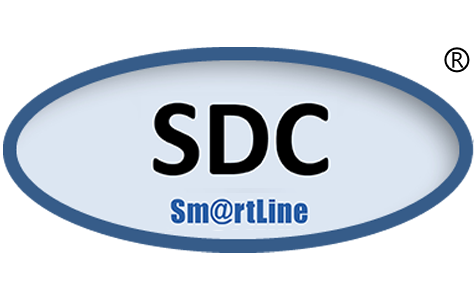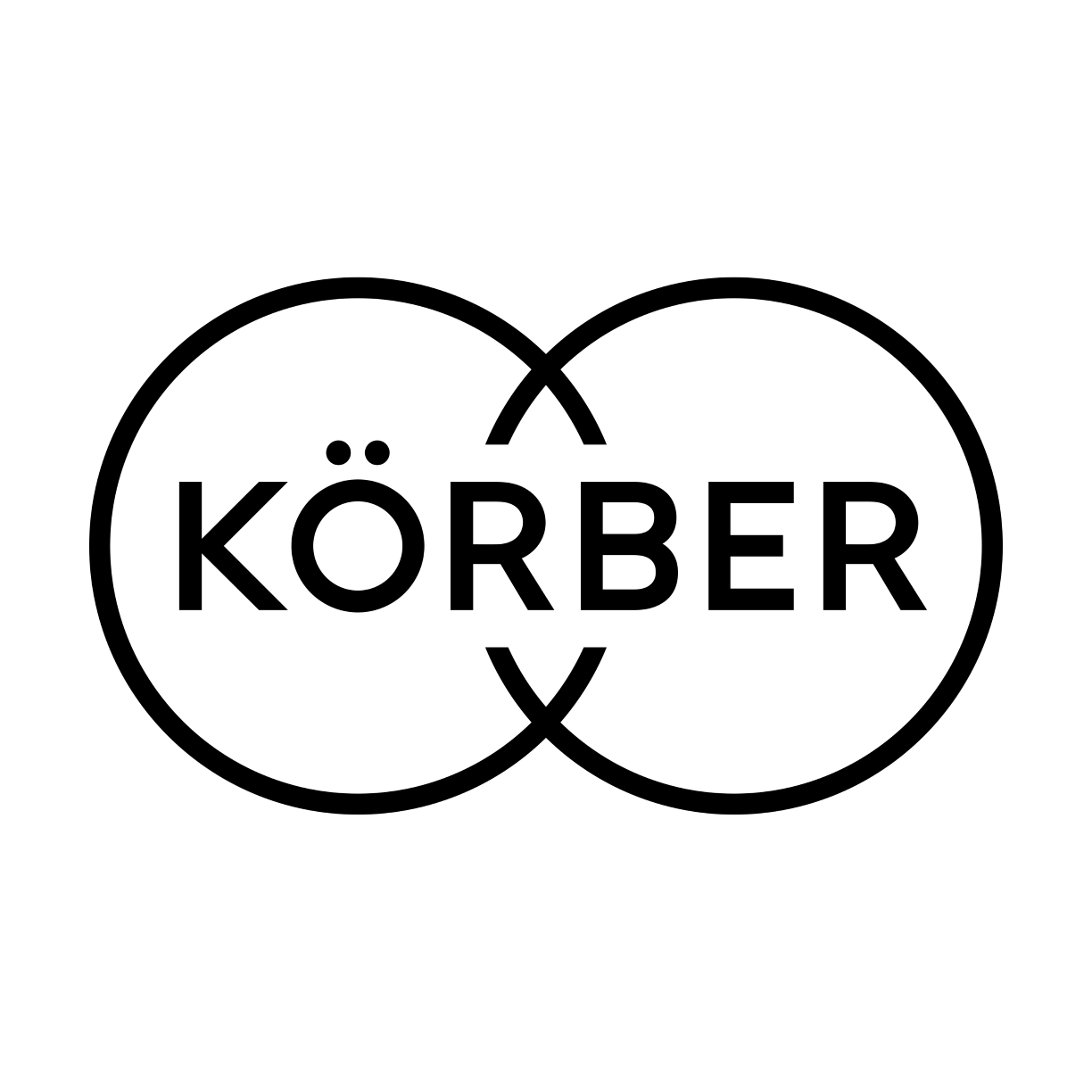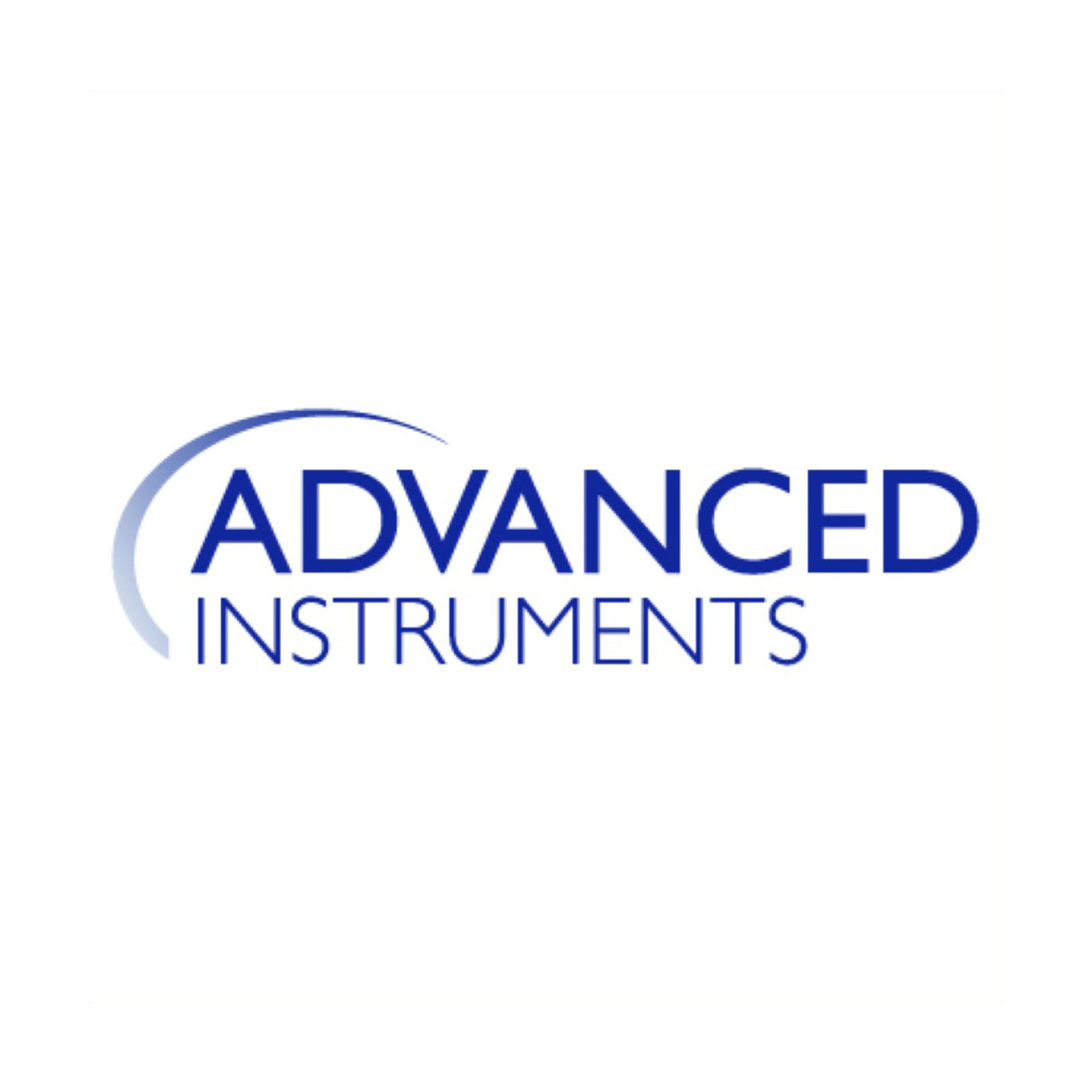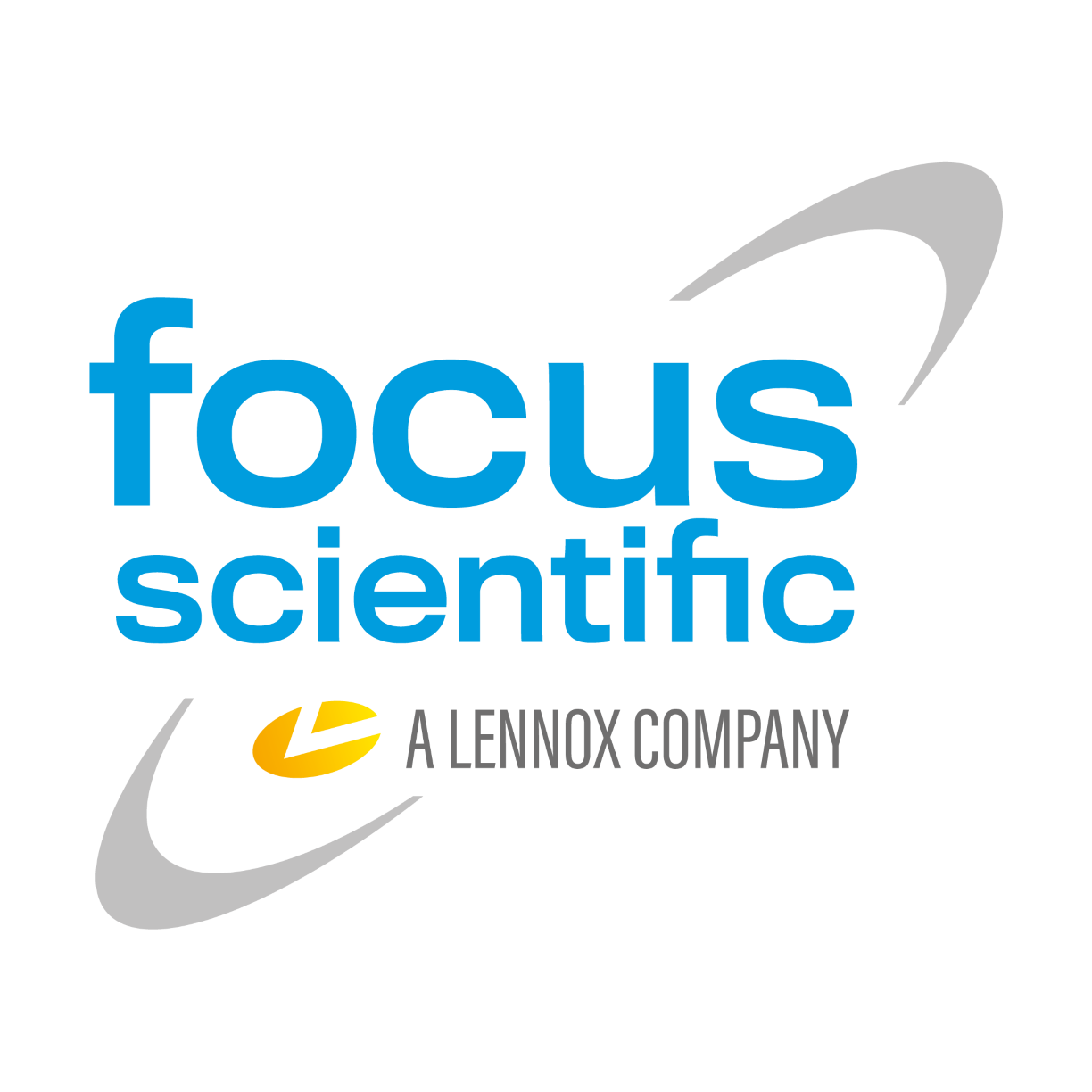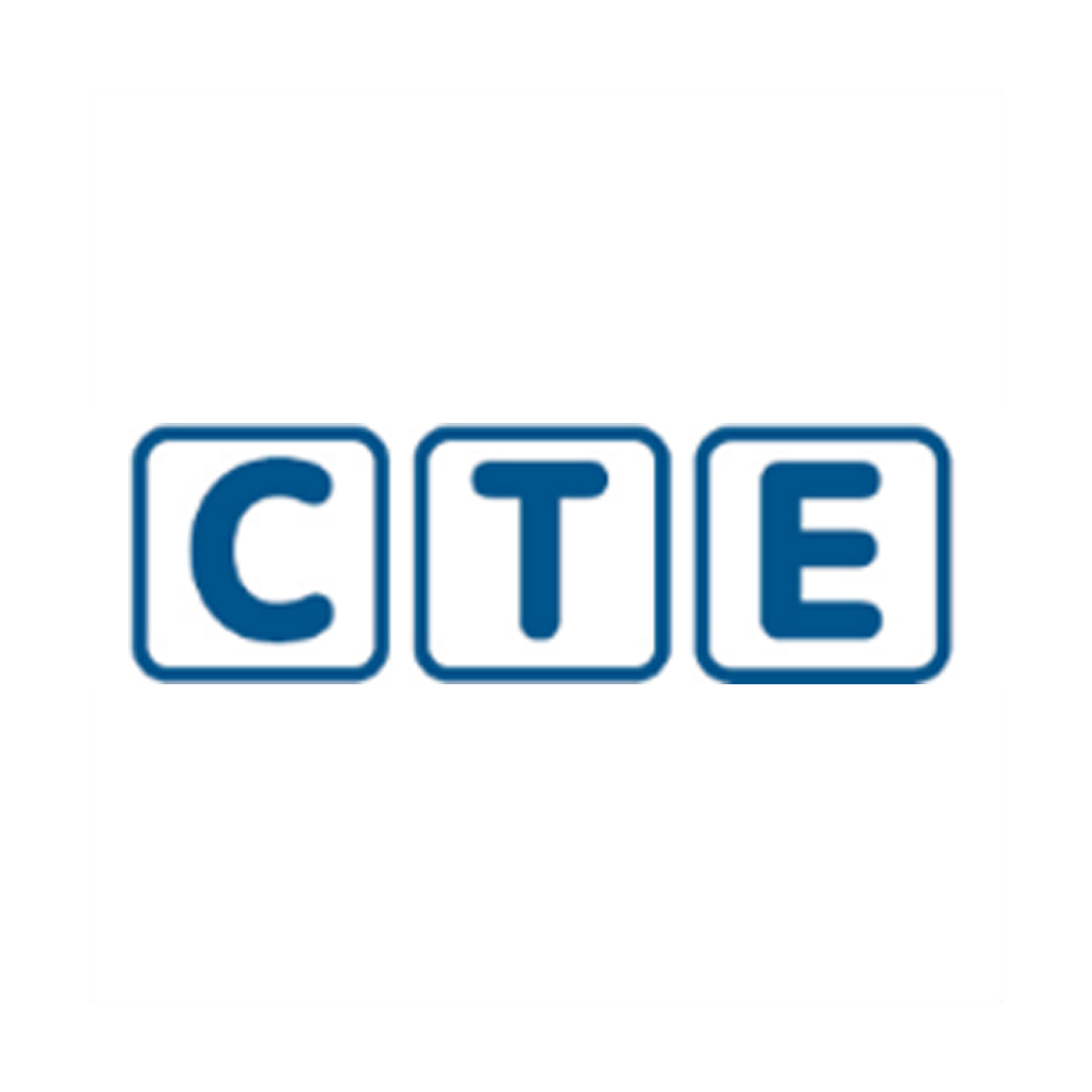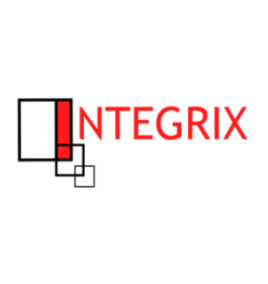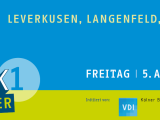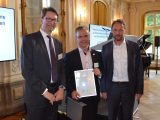The No. 1 Middleware
for Analyzer Data Integration
in Life Science Industries

Sm@rtLine Data Cockpit ® (SDC)
SDC is the world’s No.1 middleware for the digitalization and automation of laboratories
in the life science industry in the areas of research, development and production.
The SDC data integration platform establishes the automated connection between laboratory devices
and higher-level systems such as LIMS, ELN, MES, DCS in compliance with GxP requirements.
The tried-and-tested functions of SDC simplify workflows, increase data quality, reduce manual effort,
enable immediate availability of data and provide further benefits for everyday laboratory work.
Used by the world’s leading life science companies, SDC owes its success to satisfied customers
who see SDC as a strategic, practical solution.
learn more
What can SDC do for You
in Research, Development, Production and QC?
Benefit from our decades of experience in software development, integrating the demands of the world's 25 largest pharma companies.
-
One Platform for all Data and Devices
Capable of connection all of your devices and laboratory systems, the SDC becomes the beating heart of your biomedical ecosystem and allows you to manage all your integrations in one place.
-
Seamless Data Integration to higher systems
By flexibly interfacing with other systems in your laboratory, be they MES, LIMS, ELNs, or others, the SDC manages your dataflow for you in a seamless user experience.
-
Seamless Data Integration to devices
SDC can remove the necessity to manually handle data and integrates devices, sensors, and complex lab-equipment.
-
Industry proven
Utilizing its flexible range of applications, the SDC is continuously being used by our customers from R&D Departments from small individual laboratories to large scale productions all over the world including (amongst others): the Americas, Europe, Aisia, and the middle-East.
-
Automation
Capable of taking the backseat, the SDC can be your one-step, automated, and central ‘BlackBox’ connection solution.
-
Faster Data
Dataflow optimized and fine-tuned for each individual device connection ensures your data is where you need it, when you need it.
-
Enhanced Data Integrity
The SDC ensures the accuracy and reliability of your findings by providing you with the tools for the review and validation of data.
-
Simpler Traceability
Through the utilization of specialized data investigation tools, all data flowing through the SDC can be easily and comprehensively traced and reviewed.
-
Ready for GxP Compliance
Created with a “Compliant by Design” philosophy and providing a solid validation basis with IQ and OQ documentation templates, the SDC provides you with all you need to meet regulatory standards.
-
Modular Structure for Scaling Up
The modular licensing model of the SDC allows for easy and quick expansion of the system, regardless of whether you’re increasing scope or functionalities - without the need for any software updates*. (*implementations of newly developed interface drivers require a small installation)
-
Fixed SDC project costs
A clear and fixed pricing model based on license categorization ensures transparent project costs from before kick-off. We carry any relevant development expenses, shielding you from any unexpected expenses.
... interested?
Partners
Our system partners support the product in the area of services, sales or technical support.
Please contact us so that we can name your partner for your region.
Together with our technical partners, we develop special interface solutions
to connect the partners‘ devices and systems in SDC.
- System Partners
- Technical Partners
Downloads
-
SDC Brochure
Download SDC information brochure in PDF format
-
SDC Touchpanel PC Flyer
Download SDC Touchpanel PC flyer in pdf format.
-
SDC Lite: Lightweight Data Conversion Tool
Sm@rtLine Data Cockpit Lite (SDC Lite) can import the system export files from Roche Cedex® Bio and Cedex® Bio HT analyzers. The results can be transformed between the system unit and a lab unit. The data can be exported into an excel file with a tab for CAL, QC, Results and Report. The Report page is user defined and can also be saved as a PDF Document.
Contact us for more Information.
